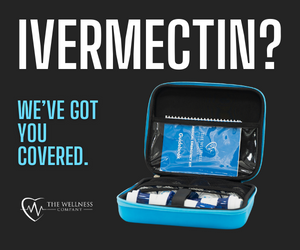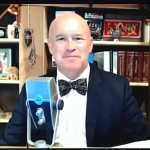ForbiddenKnowledgeTV
Alexandra Bruce
July 17, 2013
Spaceplanes are what engineers call single-stage-to-orbit (SSTO). They have long been a dream because they would be fully reusable, taking off and landing from a traditional runway.
If all goes to plan, the first test flights could happen in 2019, and Skylon – Reaction Engines’ spaceplane – could be visiting the International Space Station by 2022. It will carry 15 tonnes of cargo on each trip. That’s almost twice the amount of cargo that the European Space Agency’s ATV vehicle can carry.
Rockets are cumbersome because not only must they carry fuel, they also need an oxidizing agent to make it burn. This is usually oxygen, which is stored as a liquid in separate tanks. Spaceplanes do away with the need for carrying most of the oxidizer by using air from the atmosphere during the initial stages of their flight.
Making this super-efficient jet engine has been engineer Alan Bond’s goal for decades. In 1989, he founded Reaction Engines and has painstakingly developed the Sabre engine, which stands for Synergetic Air-Breathing Rocket Engines.
In late 2012, tests managed by the European Space Agency showed that the key pieces of technology needed for Sabre worked. No one else has managed to successfully develop such a technology.
This makes Sabre a world-leading technology and the new money will allow a full-size prototype to be made as a final test before commercial production can begin.
To reach orbit, Skylon will use Sabre to boost it to Mach 5. It will then close the air intakes and use a small amount of onboard oxidizer to turn the jets into rockets and boost itself to Mach 22. At this speed, roughly 7.5km/s, the craft will reach low earth orbit.












Add comment